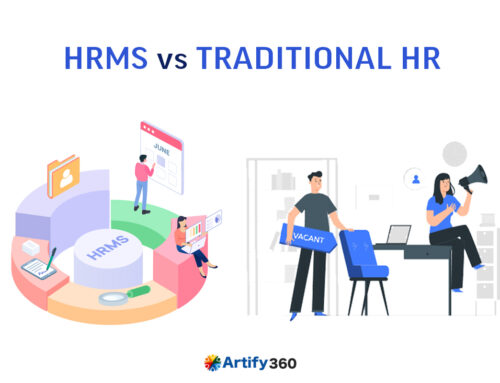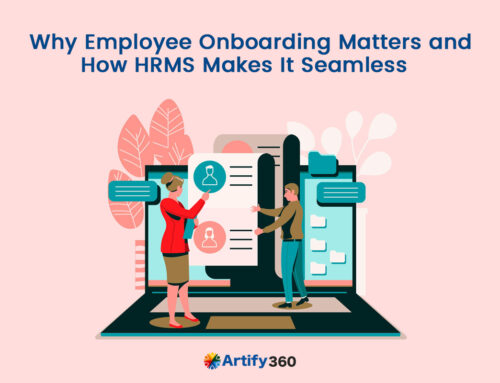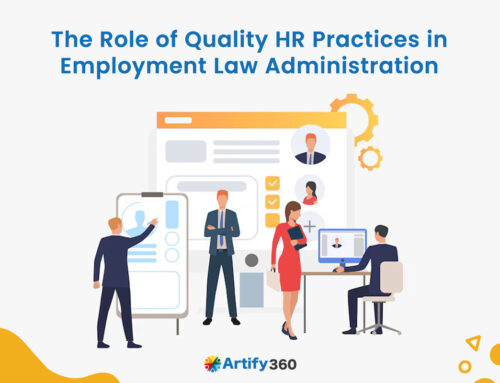Effective asset management is critical to the success of organizations in Bahrain, as it ensures the efficient utilization and maintenance of valuable resources. However, many businesses struggle with manual and outdated asset management processes, inefficient tracking and maintenance methods, and a lack of visibility and control over their assets. However, HR software in Bahrain has emerged as a powerful tool for optimizing asset management.
In this article, we will explore the importance of effective asset management, the role of HR systems in this process, key challenges faced in asset management, the benefits of utilizing Bahrain HR software, key features to look for in such solutions, considerations for selecting the right software, implementation strategies, and best practices for maximizing the benefits.
Importance of effective asset management in organizations
Effective asset management is crucial for organizations of all sizes and across various industries. It enables businesses to make informed decisions regarding resource allocation, maintenance, and replacement. By effectively managing assets, organizations can extend their lifespan, reduce unnecessary expenses, and ensure that resources are available when needed.
Moreover, proper asset management improves regulatory compliance, reduces the risk of operational disruptions, and enhances overall operating efficiency. In a competitive business landscape, organizations prioritizing effective asset management gain a significant advantage by maximizing the value and potential of their assets, ultimately driving sustainable growth and success.
Key challenges in asset management
Manual and outdated processes:
Many organizations still rely on manual methods, such as spreadsheets and paper-based systems, for asset management, resulting in time-consuming and error-prone processes.
Inefficient tracking and maintenance of assets:
Organizations struggle to track and maintain their assets effectively without proper systems, leading to difficulties in asset retrieval, maintenance scheduling, and inventory management.
Lack of visibility and control over assets:
Organizations often face challenges obtaining real-time information on asset location, status, and usage, resulting in decreased efficiency and difficulties in making informed decisions.
Benefits of HR software in asset management
Streamlined asset tracking and maintenance:
Bahrain’s top HR software provides a centralized database to maintain an accurate and up-to-date inventory of assets, enabling organizations to track and manage their resources quickly. By automating asset tracking processes, software solutions streamline the entire asset lifecycle, from acquisition to disposal, minimizing manual effort and ensuring accurate record-keeping.
Enhanced visibility and control:
HR system offers real-time visibility into asset location and status, allowing organizations to quickly locate assets, track their movements, and optimize asset utilization. With software solutions, organizations can efficiently allocate assets to employees, track their usage, and streamline retrieval when assets are no longer needed.
Improved compliance and risk management:
Bahrain HR software facilitates the scheduling of regular asset maintenance, sends automated reminders, and tracks maintenance activities to ensure assets remain in optimal condition. By providing documentation and an audit trail of asset-related activities, the software assists organizations in meeting compliance requirements and reducing the risk of regulatory issues and financial penalties.
Key features of HR software for asset management
Asset tracking and inventory management:
HR solutions should offer robust asset-tracking capabilities, including recording asset details, tracking movements, and maintaining an accurate inventory.
Maintenance and service scheduling:
Effective asset management solutions should provide features for scheduling and tracking asset maintenance, facilitating preventive care, and minimizing downtime.
Barcode or RFID tagging for easy identification:
HR solutions should support barcode or RFID tagging, making it easy to identify and track assets throughout their lifecycle.
Integration with procurement and finance systems:
Seamless integration with procurement and finance systems ensures a smooth flow of information and data exchange, optimizing asset acquisition and financial tracking.
Reporting and analytics for data-driven decision-making:
HR software in Bahrain should provide robust reporting and analytics capabilities, enabling organizations to analyze asset data, identify trends, and make data-driven decisions regarding asset management strategies.
Best practices for maximizing the benefits of HR software solutions
Conducting regular audits and asset reconciliations:
Regular audits and reconciliations help ensure that the asset database remains accurate and up to date, minimizing discrepancies and maximizing the effectiveness of asset management efforts.
Implementing standardized asset tagging and labeling:
Standardized asset tagging and labeling ensure consistency and ease of identification, enabling employees to locate and track assets efficiently.
Training employees on proper asset handling and reporting:
Providing employees training and guidance on handling assets properly and reporting any issues or concerns ensures the smooth functioning of asset management processes.
Final thoughts
Effective asset management is essential for organizations to optimize resource utilization, reduce costs, and improve productivity. Artify360 HR software offers powerful tools to streamline asset tracking and maintenance, enhance visibility and control, and improve compliance and risk management.
By considering the benefits, key features, and best practices discussed in this article, organizations can select and implement Artify360 software for their asset management needs. With such modern asset management tools, organizations can unlock the full potential of their resources, drive efficiency, and achieve long-term success.






